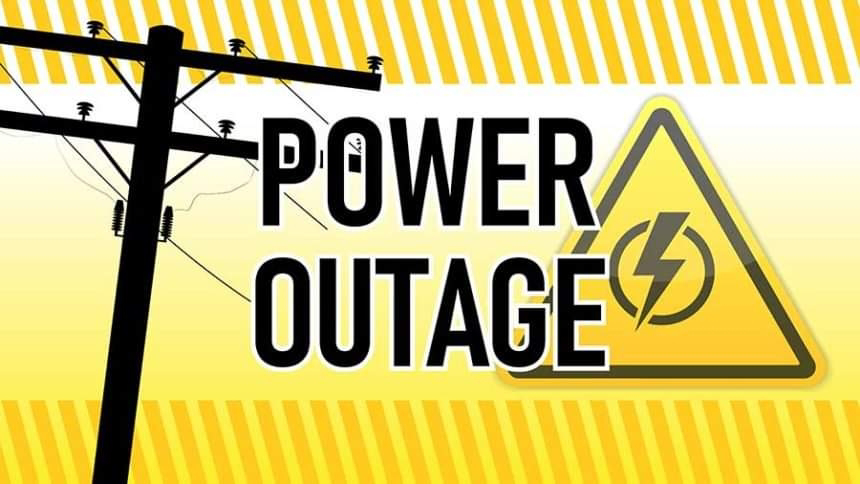The process of installing the mechanical structure and mounting of PV (photovoltaic) modules:
The installation of a PV system involves several steps, including the design, electrical and mechanical installation, and commissioning of the system. The mechanical installation process involves installing the mounting structure and mounting the PV modules.
1. Designing the Mounting Structure:
Before installing the mounting structure, an engineer needs to design the structure based on the size and weight of the PV modules and the location of the system. The mounting structure is usually made of aluminum or steel and can be installed on the roof or ground.
2. Preparing the Site:
The installation site should be prepared before mounting the PV modules. The area should be cleared of any obstacles that could block sunlight, and any debris or dirt should be removed from the area. The mounting location should be level and free of any obstructions.
3. Installing the Mounting Structure:
The mounting structure is usually assembled on the ground and then lifted onto the roof or ground. The mounting structure is secured to the roof or ground using bolts or screws. The mounting structure should be properly grounded to ensure the safety of the PV system.
4. Mounting the PV Modules:
Once the mounting structure is installed, the PV modules can be mounted on the structure. The PV modules are usually mounted using clamps that hold the modules in place. The clamps are secured to the mounting structure using bolts or screws.
5. Wiring the PV Modules:
After mounting the PV modules, the wiring of the system can begin. The PV modules are connected in series or parallel to create a string. The strings are then connected to the inverter, which converts the DC power generated by the PV modules into AC power that can be used by the electrical grid.
6. Commissioning the System:
Once the PV system is installed, it should be commissioned to ensure that it is working correctly. The commissioning process involves testing the system's electrical components, including the inverter and PV modules, and verifying that the system is generating the expected amount of power.
7. Ongoing Maintenance:
Once the PV system is commissioned and operational, it is important to maintain the system regularly to ensure its long-term performance. Routine maintenance activities may include cleaning the PV modules to remove any debris or dirt that could reduce their efficiency, checking the wiring connections for any signs of wear or damage, and inspecting the mounting structure to ensure it is still securely anchored to the roof or ground.
8. Safety Considerations:
During the installation process, safety should always be a top priority. It is important to follow all safety guidelines and use the appropriate personal protective equipment (PPE) to prevent injury. For example, when installing the mounting structure, workers should use fall protection equipment to prevent falls from the roof or elevated structure. Similarly, when working on the electrical components of the system, workers should ensure that the system is de-energized and follow appropriate lockout/tagout procedures.
In summary, the installation of a PV system requires careful planning, design, and execution to ensure a safe and efficient installation. Installing the mechanical structure and mounting PV modules is a critical step in the installation process that requires a strong understanding of the engineering and construction principles involved. By following the appropriate guidelines and safety procedures, a successful installation can be achieved that will generate clean, renewable energy for years to come.














